How a TMS can be your silver bullet to take your Localization strategy to the next level
Last week I had the opportunity to present at the Games Global Sumit. While it is true that my subconscious kept sending me signals from the previous Games Global in Warsaw, Lisbon…. and to some extent, compare the experience, I have to admit that the digital format works.
In the end, with platforms like Whova or Remo, we have an opportunity to discuss with colleagues different aspects relevant to the industry.
Of course, the networking is not the same as the one I could do a couple of years ago while singing or enjoying an excellent Polish IPA while savoring a spectacular burger. But, until we get rid of this virus that disrupted our lives so much, I must admit that this digital format is a good fit at the moment
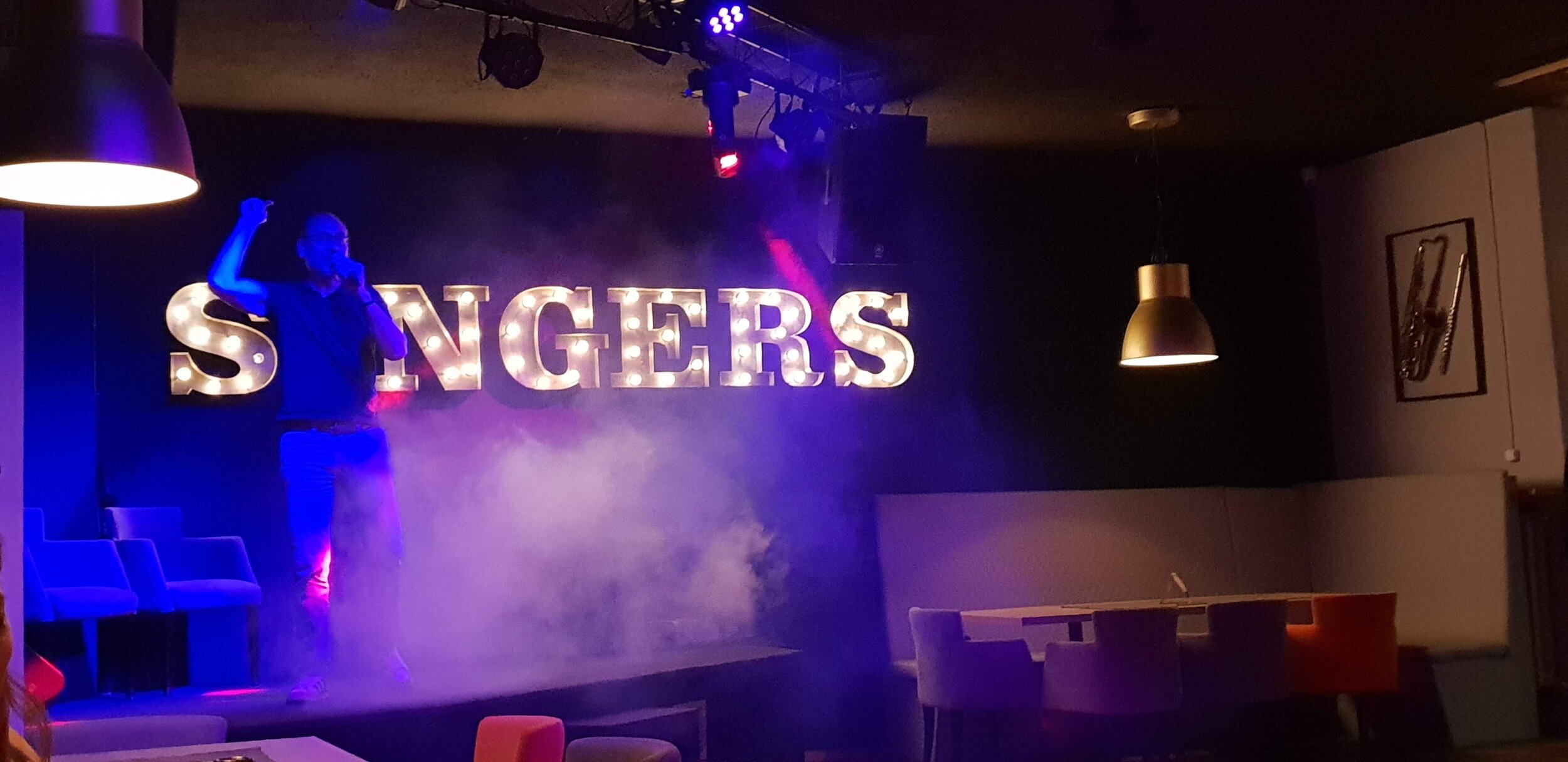

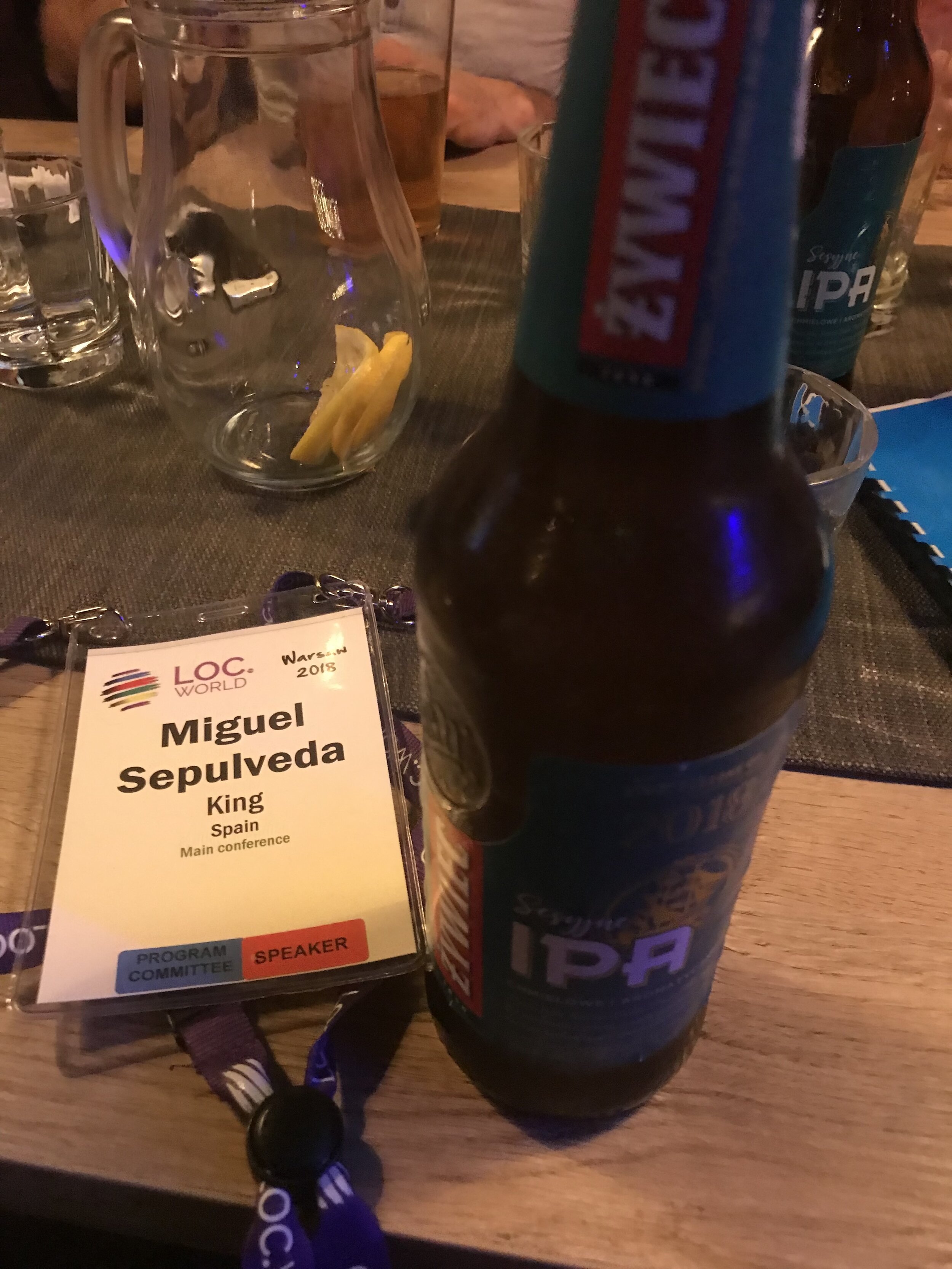
In this edition of Games Global, there were various presentations and panel discussions on different topics quite relevant such as Machine Translation of in-game content, non-binary language in games localization, or localizing games effectively for Latin America, to name a few ...
In my case, with the invaluable collaboration of Paul Jakovlev from Lokalise, we addressed the topic of Why Modern Game Development Companies Are Moving Away from Custom TMS Tools.
And the truth is that this is a topic in which I had a particular interest in participating and share my point of view.
The technology in the areas of TMS has made a spectacular leap in the last five years. While it is true that before, there was a very high predisposition on the publisher’s side to develop their own internal TMS/CMS, today, more than ever, it's crucial to decide ASAP whether it is better to buy a TMS or build a TMS.
Every company's needs are unique, almost as unique as the impressive tech ecosystem that exists in the Localization industry.
Source: Nimdzi Insights
But when it comes down to it, there is a handful of TMS that have the potential to be the perfect partner in a Continuous Localization cycle.
The truth is that a powerful and flexible TMS can be your perfect ally in defining your localization strategy.
It can be your ultimate weapon in turning a localization team into the strategic partner that every company with global growth ambitions needs.
Why?
Let me elaborate on this idea in the following paragraphs.
What does a stakeholder value most when it comes to receiving a localization service?
Suppose you ask this question in your environment.
In that case, you will get different answers ... quality, cost, etc etc but the answer you will hear many times, being explained in one way or another, is related to "speed," "being on time", "having the files "translated" as soon as possible ... the number 1 desire for the vast majority of stakeholders from a Localization team is: speed, especially, in this era in which we live in where there's new content publish every day
Time to market is the most powerful yardstick applied to assess the effectiveness of a Localization team.
Reality shows us that a robust and configurable TMS can help us reduce the time to market that has traditionally penalized Globalization teams.
Let's not fool ourselves.
The Localization process for the "outsiders" in our industry is still a pain in the ass.
Source: Altagram
What we do is understood as a long sequence of steps to follow, in many cases manual, until the localized content is back.
And it is in this sequence of steps, perceived as endless by our stakeholders, where lies our foremost improvement opportunity to change the opinion that internal stakeholders may have about a localization team or the role they play in product development.
Build vs. buy, the eternal debate.
In the presentation I gave at Games Global, this was one of the questions my co-presenter, Paul, asked me about
what are the biggest challenges when it comes to custom-built translation management solutions?
In that section, I explained there are two main challenges to address
1.- Lack of dedicated developers to create custom tools.
Quite often, language service buyers underestimate the effort it takes to develop an internal TMS.
It requires internal developers to invest a lot of time in doing it.
And you know what?
Publishers don't hire game developers to make localization tools.
They hire them to make fun games.
If a game publisher hires game developers for their expertise to bring their games to the next level ... then I think it doesn't make much sense for them to invest their time in developing internal localization tools.
And what I said for games applies to any development company.
Unless you are an LSP (or Loc Tech provider), I don't see much sense in hiring developers to bring your product to market and then distract those internal developers working to create an internal TMS.
The opportunity cost is very high, and it is better to leave the TMS development to companies where this is their core business.
2.- Lack of connectors and integrations with other 3rd party tools.
The lack of connectors that an in-house TMS usually has is a significant handicap when it comes to taking your Localization strategy to the next level.
A tool that has been developed internally will hardly have the same level of interconnectivity that a commercial tool has.
For example, look at this image below to see the impressive catalog of connectors that a commercial TMS can put at your fingertips.
Source:Lokalise
Hardly a custom TMS developed internally will come even close to this impressive connectivity level that can be obtained with a commercial solution.
And herein lies the key for a Localization team to become a strategic partner in delivering business value to the entire organization.
These integrations between the TMS and the different tools available out there are excellent opportunities to demonstrate that Localization is not a bottleneck that Localization is not an afterthought.
These connectors give us the possibility to include all localization activities in all the software development processes.
And how can we do this?
Well, I leave below some ideas to consider if it is something you can implement in your global localization strategy.
If you have a TMS that "talks" with interface design tools such as Adobe XD, Sketch, or Figma, you can perform LQA in the Design Phase. And this can have a tremendous impact on your budget or schedule, as fixing a bug in the design phase is much cheaper and faster than in the traditional LQA phase.
Source:Lingoport
If you have a connector that "talks" with Intercom and MT engines, you can plan to implement seamless machine translation for customer support.
If you have a connector that talks to Zendesk, you can consider offering Live support ticket localization from your internal Localization team.
Suppose you have a connector that talks to Jenkins. In that case, you can consider offering continuous Localization, even automatically if you link it to machine translation (for this, it is essential to use a content prioritization matrix HERE).
Conclusion
Having an integrated connector is the door to open Localization activities in a way that has much fewer friction points compared to an internally developed TMS.
All of these connectors make the process less "black box" for internal stakeholders, and this connectivity capability that a commercial TMS offers can be the ultimate weapon that a Globalization team can use to show that Localization has a clear impact on the company's bottom line (and the business value the team delivers)
In general, games and software are becoming increasingly complex, and custom tools lag in supporting the features needed to develop and release world-class games.
And without the right tool, without the right connector, your localization strategy will remain stagnant, and the perception that has accompanied the localization industry since time immemorial as a "painful and slow" process will not be mitigated.
A good TMS may be the component you need to give the visibility your localization team deserves.
A good TMS may enable you to offer an end-to-end solution
A good TMS may be extremely difficult to build internally from scratch, and that can derail your localization strategy, it’s for all these reasons that you must think carefully if the right option is to build... or buy, because as they say in a Spanish proverb that my father says a lot "Zapatero a tus zapatos" which is a way of saying... don't put the game developers you hire to make games to make a TMS ☺️
I hope this post has been useful and has given you some ideas on how you can take your localization strategy to the next level by using a modern TMS with countless connection possibilities.
Have a great week!
@yolocalizo
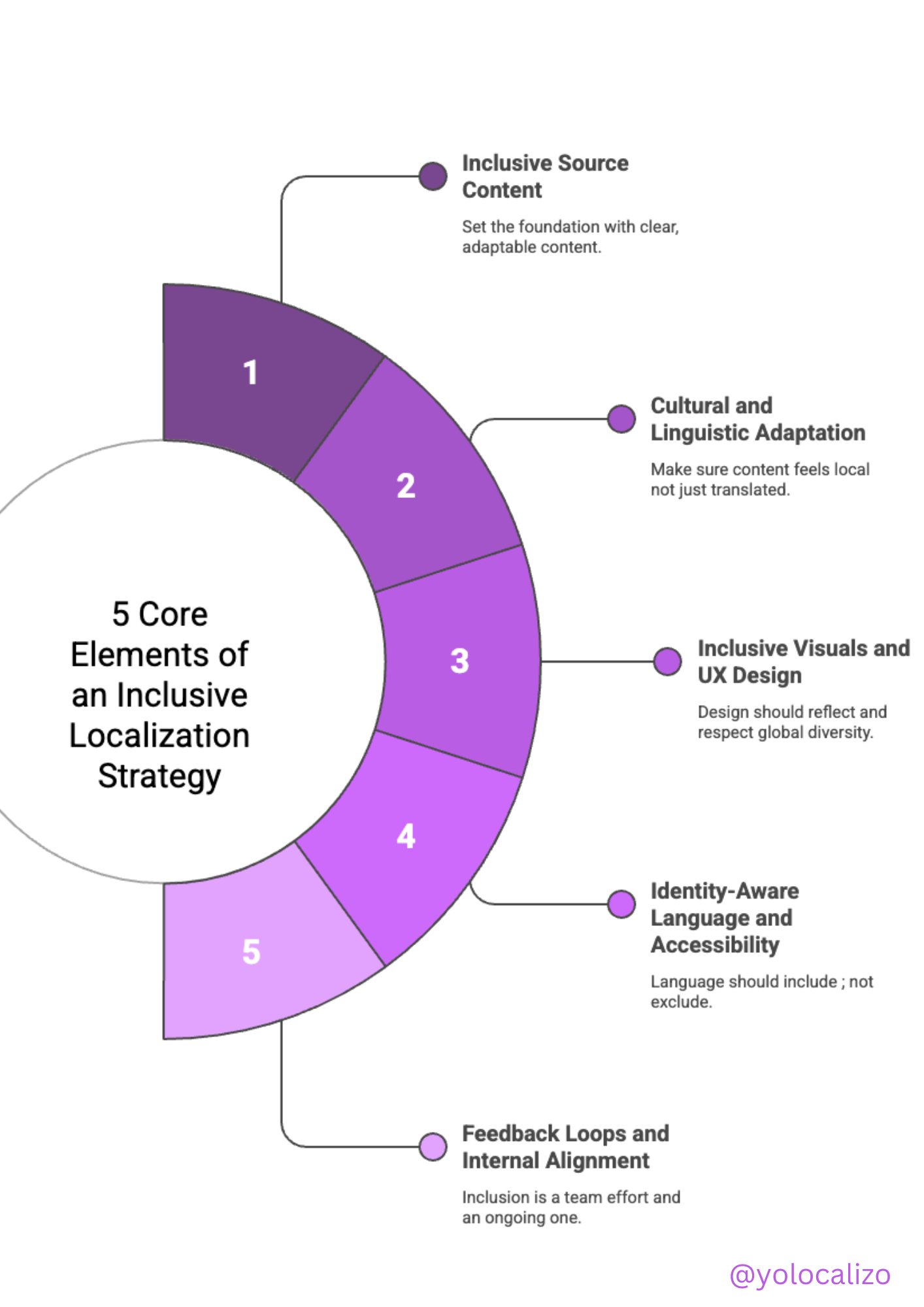









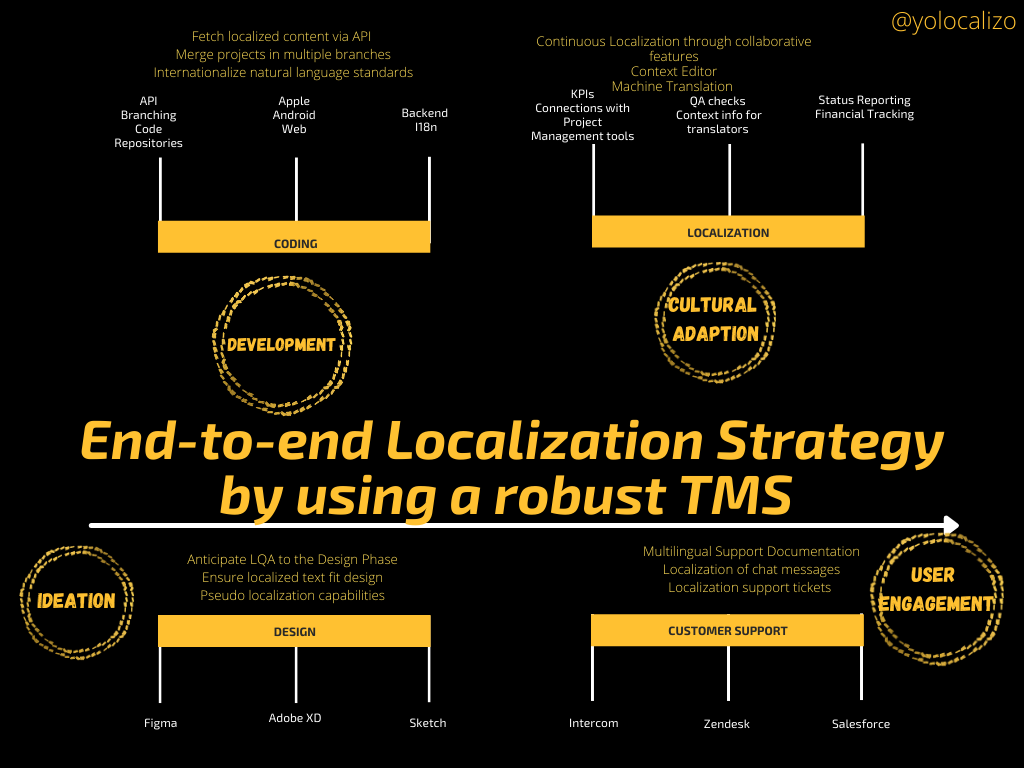



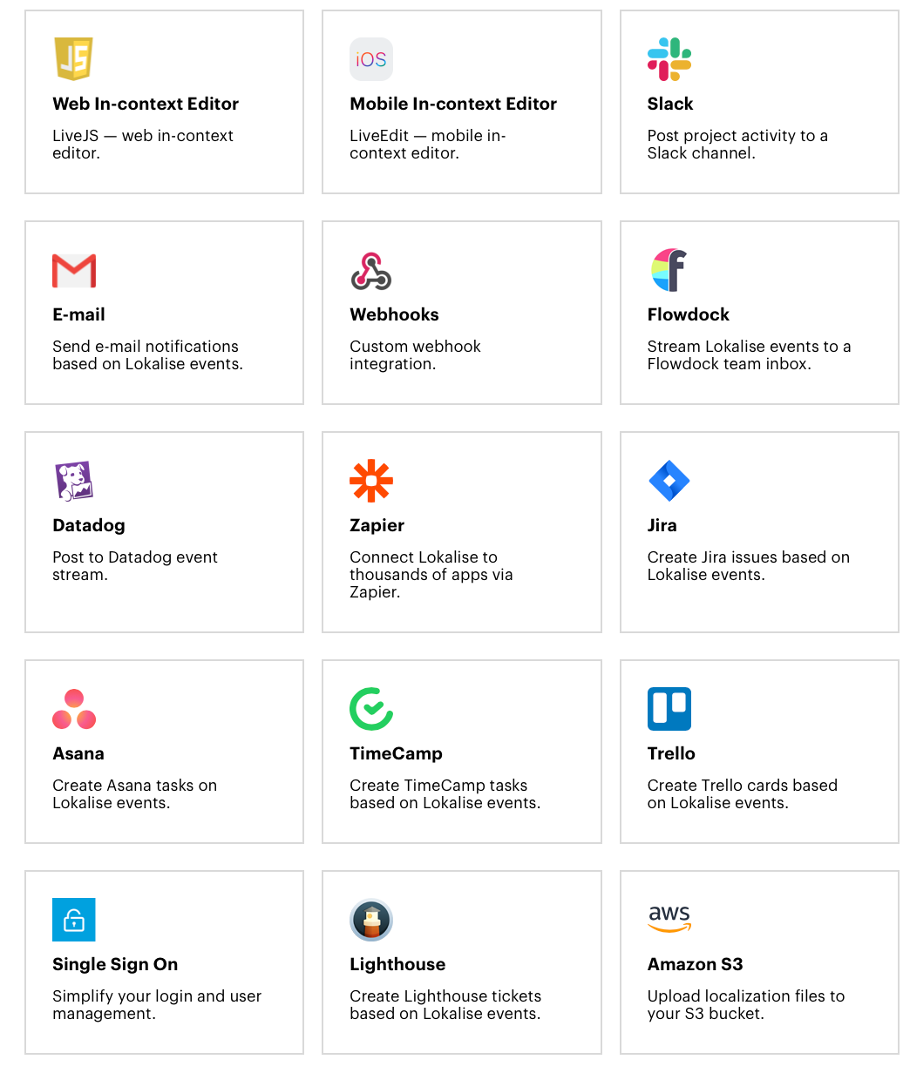
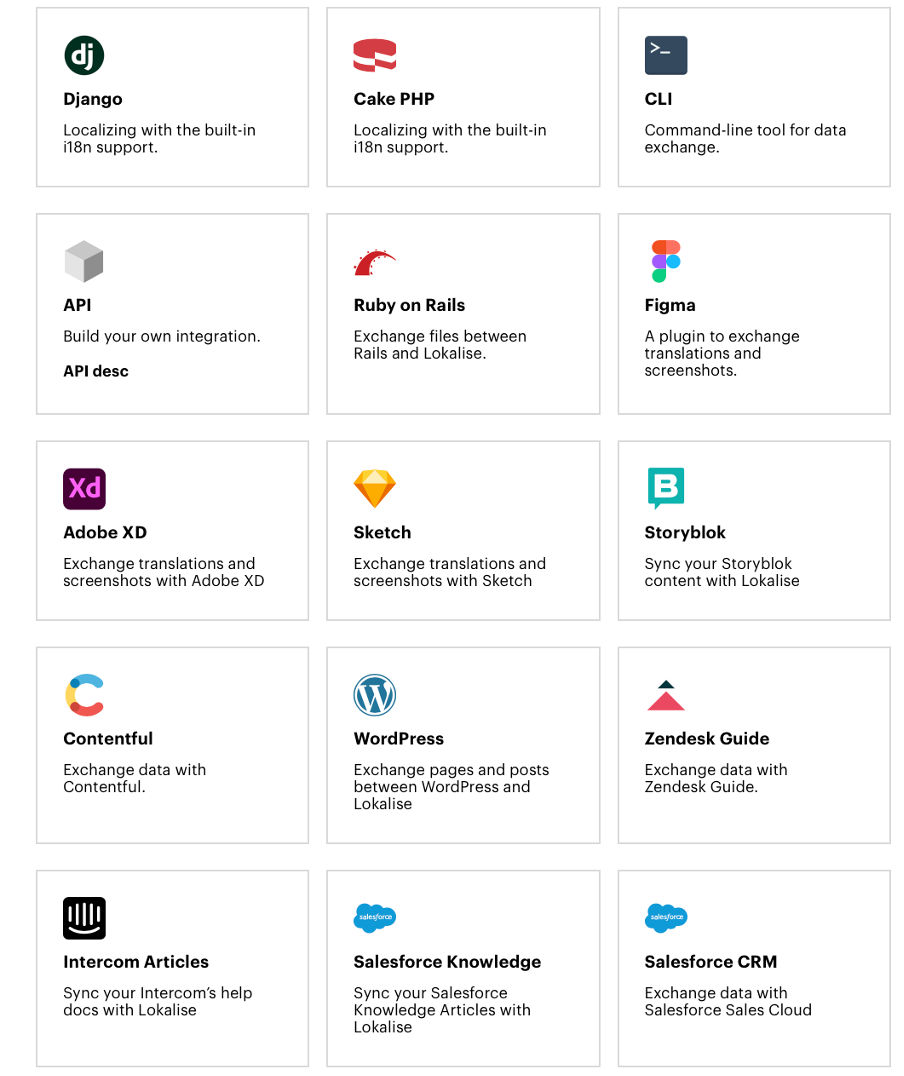
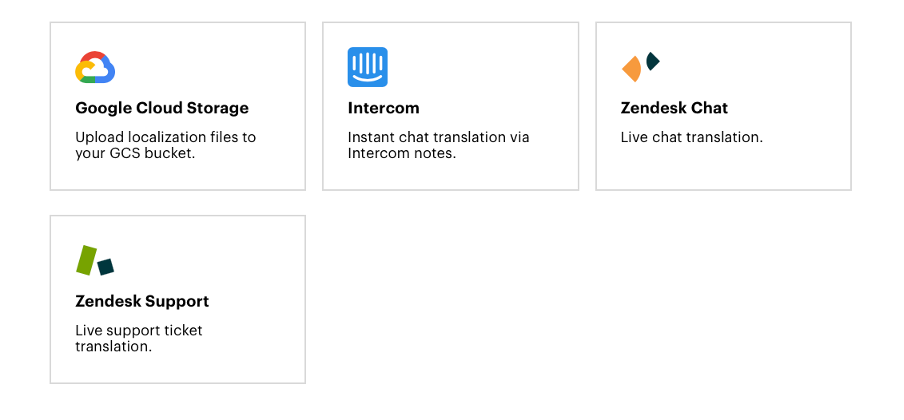



Localizability has always been a challenge small issues in source content often lead to big problems later in translation. In this post, I explore how AI is giving localization teams a powerful new way to improve source quality, reduce friction, and create better content for every market right from the start.